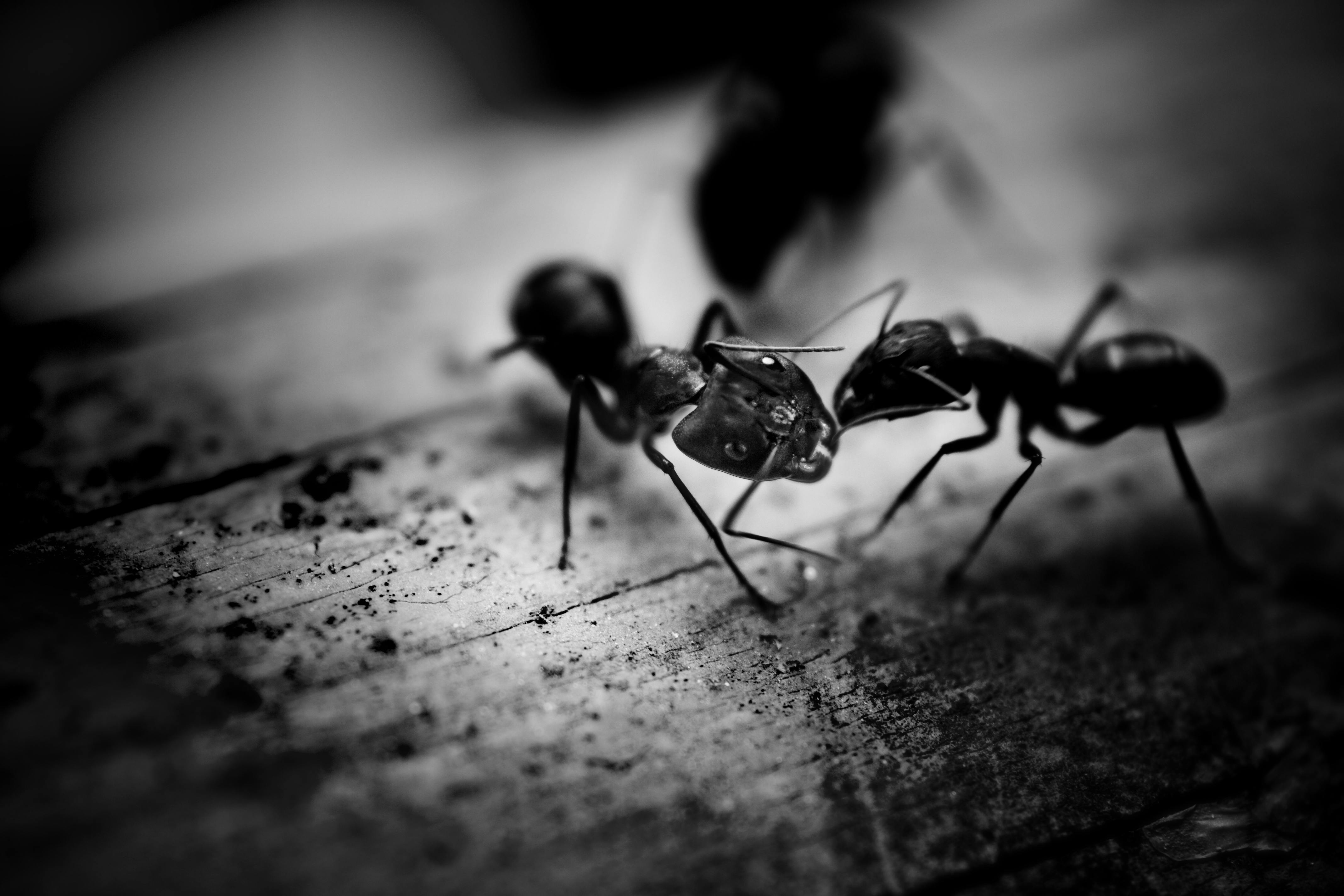The Fascinating World of Ant Farms: A Closer Look
Ants are more than just picnic pests. They are fascinating creatures with complex social structures, and studying them can provide us with valuable insights into the natural world. Ant farms, also known as formicariums, have been a popular hobby for decades, allowing us to observe these tiny insects in action. This article delves into the intriguing world of ant farms, from their historical origins to their modern-day popularity.

The Origins of Ant Farms
Ant farms trace their roots back to 1907, when a French entomologist named Charles Janet designed the first formicarium. Janet’s invention was not meant to be a child’s toy, but a scientific instrument to study ant behavior. It wasn’t until 1956 that ant farms became popular as family-friendly educational toys, thanks to Uncle Milton Industries in the United States. Over the years, ant farms have evolved, with modern versions boasting LED lights, 3D designs, and even gel-based habitats.
The Rise of Ant Farms as Educational Tools
Ant farms have long been used as educational tools, helping children to learn about social insects and their behaviors. By observing ants at work, children can learn about teamwork, cooperation, and the importance of each individual’s role within a community. Moreover, ant farms are now being used in scientific research to study topics such as tunneling behavior and traffic flow.
Current Ant Farm Trends and Products
The current market for ant farms is diverse, with multiple options available for beginners and experienced hobbyists alike. Some of the popular products include the Antopia Adventure Ant Farm, priced at around $30, and the AntWorks Illuminated Blue Gel Ant Habitat, priced at roughly $40. This trend of ant farms has helped to foster a vibrant online community, with enthusiasts sharing their experiences and advice on platforms such as AntsCanada, a popular YouTube channel dedicated to ant keeping.
The Science Behind Ant Farms
The fascinating behaviors observed in ant farms are backed by extensive scientific research. For instance, studies have shown that ants use pheromones to communicate and coordinate their activities. They also demonstrate impressive problem-solving skills, such as creating living bridges to cross gaps. Researching these behaviors can provide valuable insights into swarm intelligence, which has potential applications in fields like robotics and traffic management.
Why Ant Farms are More Than Just a Hobby
Ant farms offer much more than just amusement. They can teach us about biodiversity, ecology, and the importance of conserving our natural world. The humble ant farm, with its industrious inhabitants, serves as a reminder of the intricate web of life that exists beneath our feet. It’s a world that we are only just beginning to understand, and one that continues to captivate and inspire us.
Ant farms have come a long way since their early days, transforming from simple children’s toys into sophisticated tools for scientific research and education. Whether you’re an intrigued hobbyist or a dedicated scientist, the world of ant farms offers a fascinating and rewarding journey into the lives of these tiny creatures.




